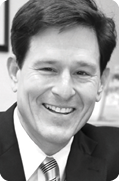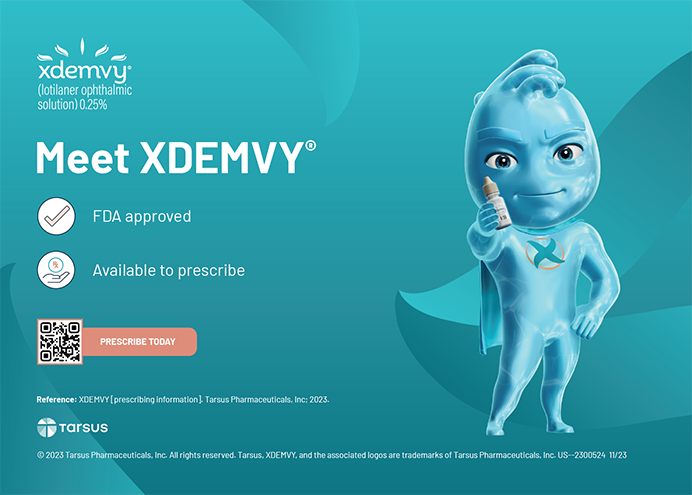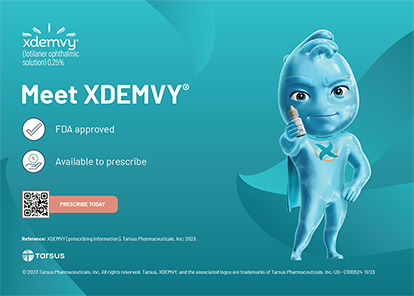
Were you surprised by the US presidential election? I was, but perhaps I should not have been. According to almost all of the experts, Democrats were going to control the White House, the Senate, and possibly even the House of Representatives. Senator Bernie Sanders was poised to chair the Senate Budget Committee, a position of great power and influence. For Americans on both sides of the political spectrum, the realization began to sink in that big changes were coming.
The expert prognosticators relied partly on polling data strongly favoring Hillary Clinton. Why did those data turn out to be incorrect? Some have argued that, because many people no longer own or use landline phones, the traditional statistical assumptions used in phone polling are no longer valid. Others have suggested that, in the final week of the campaign, large numbers of undecided voters shifted to Donald Trump. Still others have suggested that, for whatever reason, many people who supported Trump all along were reluctant to admit it.
Was the 2016 presidential election a fluke? Not particularly. In 2014, Scotland voted to remain a part of the United Kingdom by a whopping 10-point margin after several major polls rated the referendum as neck and neck.1 The polls also completely misjudged the 2015 UK general election as well as 2016’s Brexit vote.2 Needless to say, polling companies are scrambling to prove that their pricey services beat those of a flipped coin.
There is a well-known phenomenon in polling as well as in focus group testing called social desirability bias, wherein participants sometimes respond to questions in a manner that reduces their embarrassment over their answers.3 The participants sometimes supply the answer that they believe the questioner wants to hear. This phenomenon has been scientifically validated.
Social desirability bias has been on my mind a lot lately. In 2004, I first published a cataract and refractive lens exchange questionnaire designed to sort out what patients really wanted out of surgery and how flexible they would be in terms of visual compromise.4 An updated version of the questionnaire was published in 2006. Owing to changes in lens designs as well as near viewing habits, my staff and I are currently validating a new version of this questionnaire. Although responses to questionnaires are helpful, the secret to their utility is that, by completing such surveys, patients begin to understand that visual compromises are sometimes required and all their goals may or may not be achievable.
Large disparities between the presurgical “polling data” and postsurgical satisfaction levels sometimes occur, however, despite careful counseling. In other words, a few patients complete a questionnaire indicating a particular desired visual outcome, only to be disappointed postoperatively with that exact outcome. Could this be social desirability bias? Are these rare patients providing the answers they think my staff and I want to hear preoperatively in hopes of avoiding rejection as unreasonable noncandidates for surgery when their expectations are, in fact, unreasonable?
In my experience, when polled, the vast majority of patients provide straightforward, logical responses about their visual goals for surgery, and their postoperative level of satisfaction lines up well with these data. Sometimes, however, no matter how careful the polling and despite the opinions of all the experts on how things should turn out, the results are surprising.
Steven J. Dell, MD
Chief Medical Editor
1. Burrows D. How to avoid unreliable data. Marketing Week. Published October 15, 2014. http://bit.ly/2glo5AF. Accessed December 7, 2016.
2. Saiidi U. Here’s why the majority of Brexit polls were wrong. CNBC website. July 4, 2016. http://cnb.cx/29gd6bb. Accessed December 7, 2016.
3. Paulhus DL. Measurement and control of response biases. In: Robinson JP, ed. Measures of Personality and Social Psychological Attitudes. San Diego: Academic Press; 1991:17-59.
4. The Dell survey. In: Chang DF, ed. Mastering Refractive IOLs: the Art and Science. Thorofare, NJ; Slack; 2008:870.


